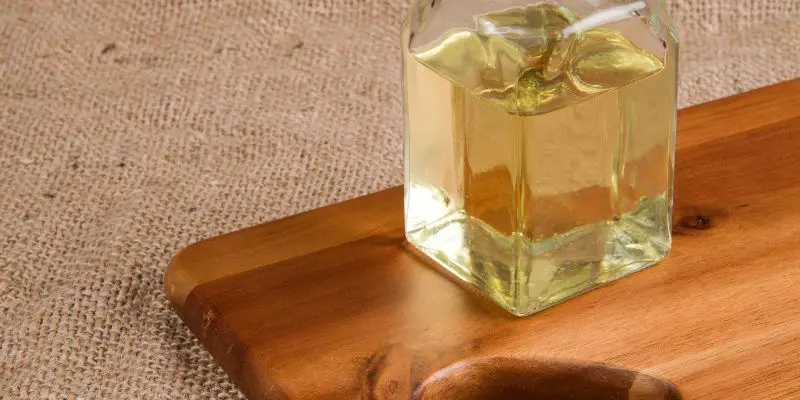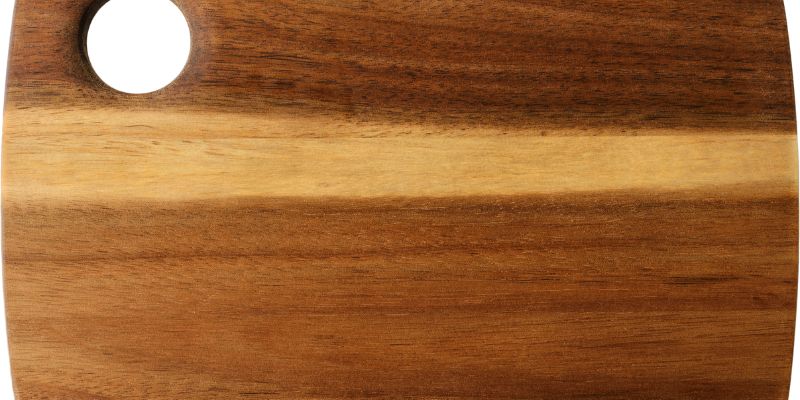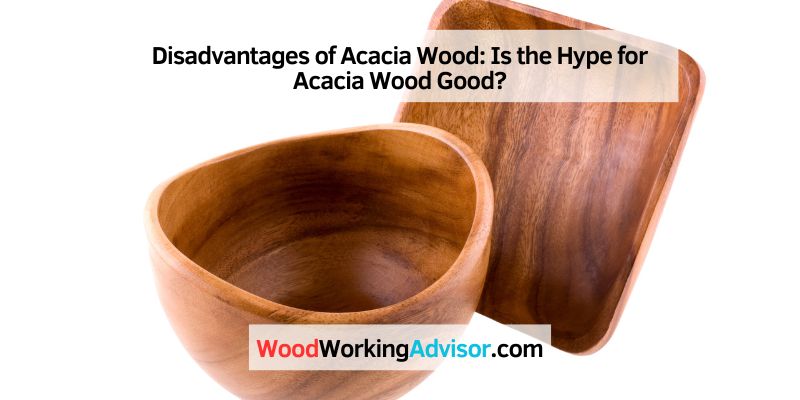The disadvantages of Acacia wood include susceptibility to damage from moisture, limited availability, and variable quality. Despite these drawbacks, Acacia wood can be a good choice for its durability, versatility, and natural beauty.
It is important to carefully consider the specific needs and circumstances before deciding if Acacia wood is the right option. Acacia wood, known for its durability and beautiful grain patterns, is often lauded for its eco-friendliness and sustainability. However, it does come with a few disadvantages that are worth considering.
First and foremost, Acacia wood is prone to damage from moisture, which can lead to warping, cracking, or splitting. Additionally, Acacia wood is not as widely available as other types of wood, which could make it more difficult to source. Lastly, the quality of Acacia wood can vary, so it is crucial to carefully inspect and choose the highest quality pieces. Despite these limitations, Acacia wood can still be a good choice for furniture, flooring, and other woodworking projects due to its durability and unique aesthetic appeal.

H2
Acacia wood, known for its durability and natural beauty, has gained popularity in recent years for various furniture and home decor applications. However, like any other material, acacia wood also has its fair share of disadvantages that buyers should consider before making a purchase.
Alternatives To Acacia Wood
If you’re unsure about using acacia wood for your furniture or home decor, there are several alternatives that you can consider:
- 1. Oak: Known for its strength and resistance to wear and tear, oak is a popular choice for furniture due to its classic look and longevity.
- 2. Maple: With its light color and attractive grain patterns, maple is a versatile option that also provides durability.
- 3. Walnut: This dark-colored hardwood is prized for its rich, warm tones and is often used for high-end furniture pieces.
- 4. Teak: Teak is a durable tropical hardwood known for its water resistance and natural oils that protect it from rot and decay.
While acacia wood offers many benefits, including its natural beauty and strength, it’s important to weigh its disadvantages as well. Understanding the potential drawbacks of acacia wood and exploring alternative options can help you make an informed decision when it comes to furnishing your home or office space.

Conclusion
To sum up, while acacia wood offers several advantages such as durability, natural beauty, and eco-friendliness, it is important to consider the disadvantages that come with it. These include susceptibility to rot and damage from insects, difficulty in uniformity of finishes, and potential difficulties in sourcing.
Despite these drawbacks, with proper care and maintenance, acacia wood can still serve as a great option for various furniture and décor needs. Understanding both the pros and cons of acacia wood will enable you to make an informed decision based on your specific requirements.


